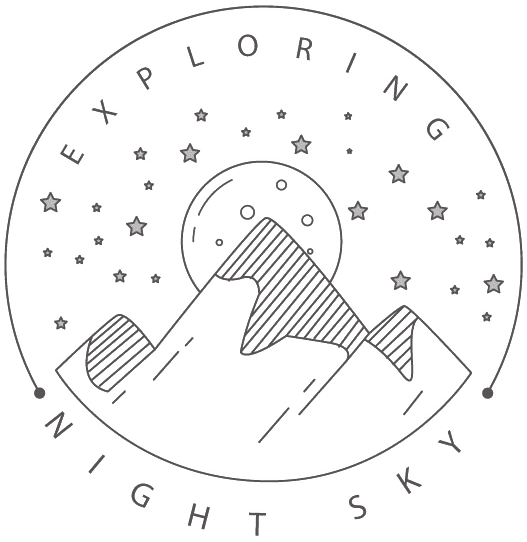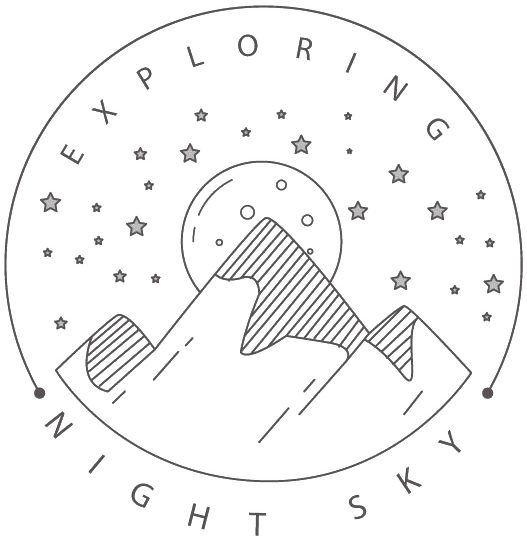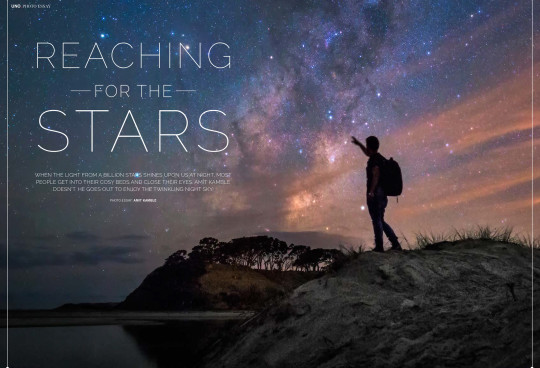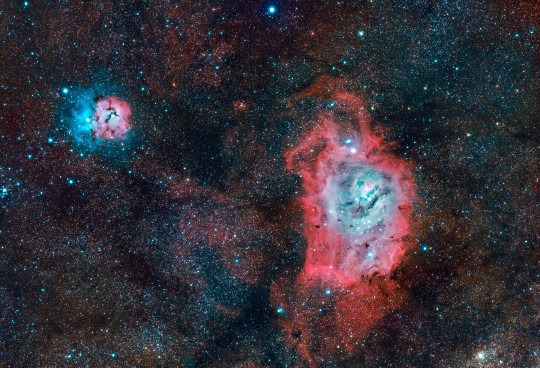
The Large Magellanic Cloud is the largest of all the dwarf satellite galaxies that orbit the Milky Way, it’s tiny in comparison with the Milky Way’s 200-plus billion stars – the Large Magellanic Cloud (LMC) is thought to contain around 30 billion stars, Persian astronomer Abd Al-Rahman Al Sufi wrote about the ‘clouds’ over a thousand years ago, but it wasn’t until explorer Ferdinand Magellan travelled south and wrote about them in the 14th century that their existence became common knowledge – and it’s his name they bear.
The Large Magellanic Cloud seems to orbit the Milky Way, bound by its gravity. In the distant future it may be torn apart and absorbed by our galaxy. The LMC is the third closest galaxy to the Milky Way and is thought to be about 160,000 light-years away. Without visual aids the Large Magellanic Cloud look like a roughly rectangular patch of light, but with decent binoculars or a small telescope you can see nebulae strewn through the LMC. The most outstanding of these is the Tarantula Nebula – the most active star-forming region in the 30-odd galaxies including the Milky Way that make up the Local Group. It’s named for its spidery appearance – a cluster of incredibly hot massive stars lies at the center of long tendrils of hot gas. The Large Magellanic Cloud is circumpolar meaning that it just circles around the South Celestial Pole endlessly, it never sets as seen from New Zealand skies, because they’re so close to the South Celestial Pole, the Magellanic Clouds can only be seen from the southern hemisphere.
This image is the result of a collaboration between Astrophotographers Jonathan Green and Amit Kamble, Jonathan captured the image data and Amit processed the image in PixInsight, the image is made up from 30 x 1 minute exposures captured with a Canon 60da at ISO1250 through a Canon 200 mm lens set at f/2.8, 21 dark frames were subtracted for calibration and the stars were tracked using a iOptron sky Guider mount.
Exif: 30 x 60sec, f3.2, ISO 1250 at 200mm on Canon 60Da, tracked using iOptron Sky Guider.
Make sure you checkout Jonathan’s Page Aotearoa Astrophotography and like my page Amit Kamble Photography




